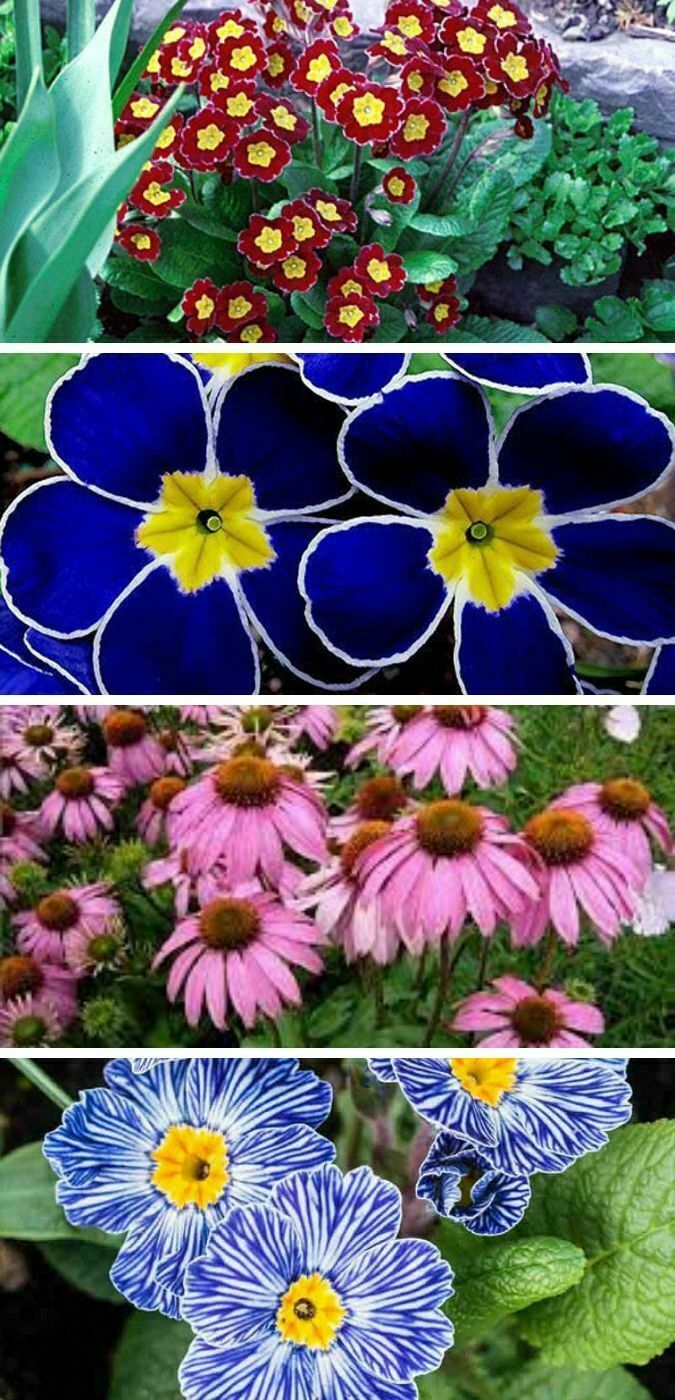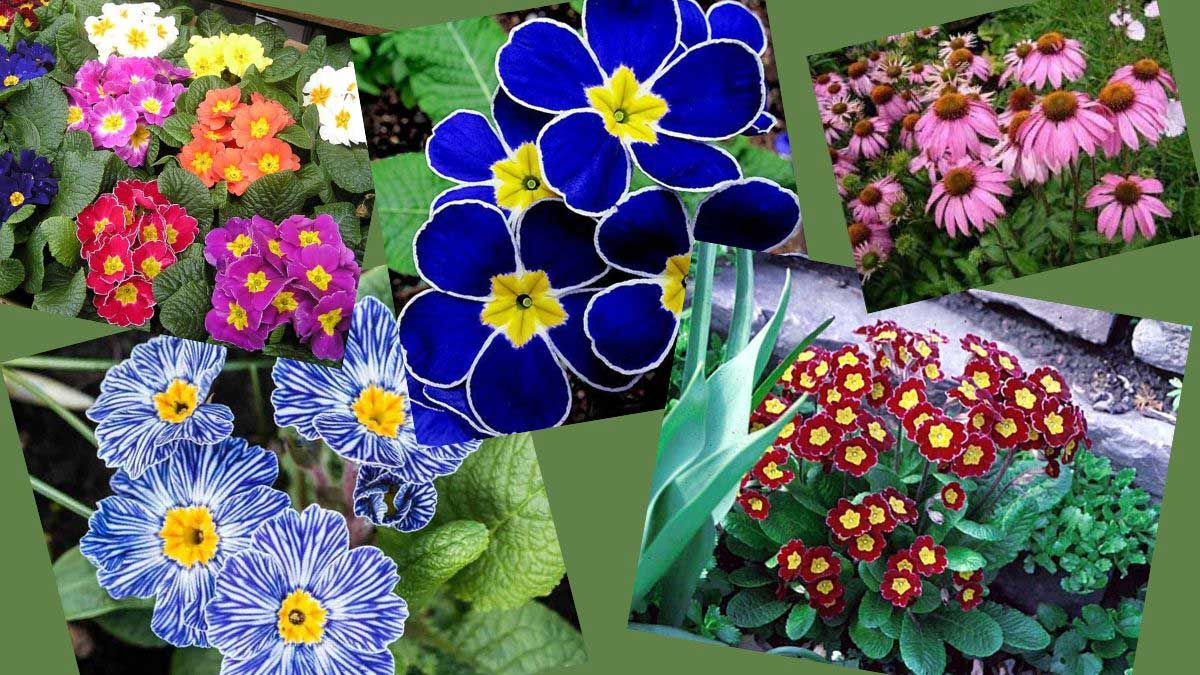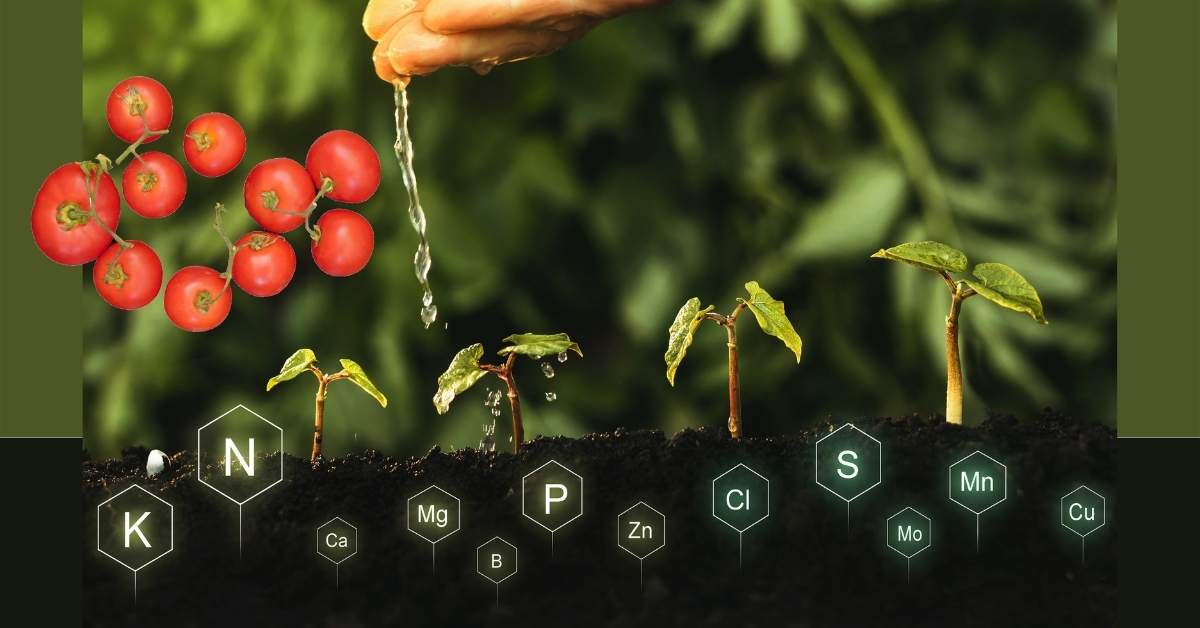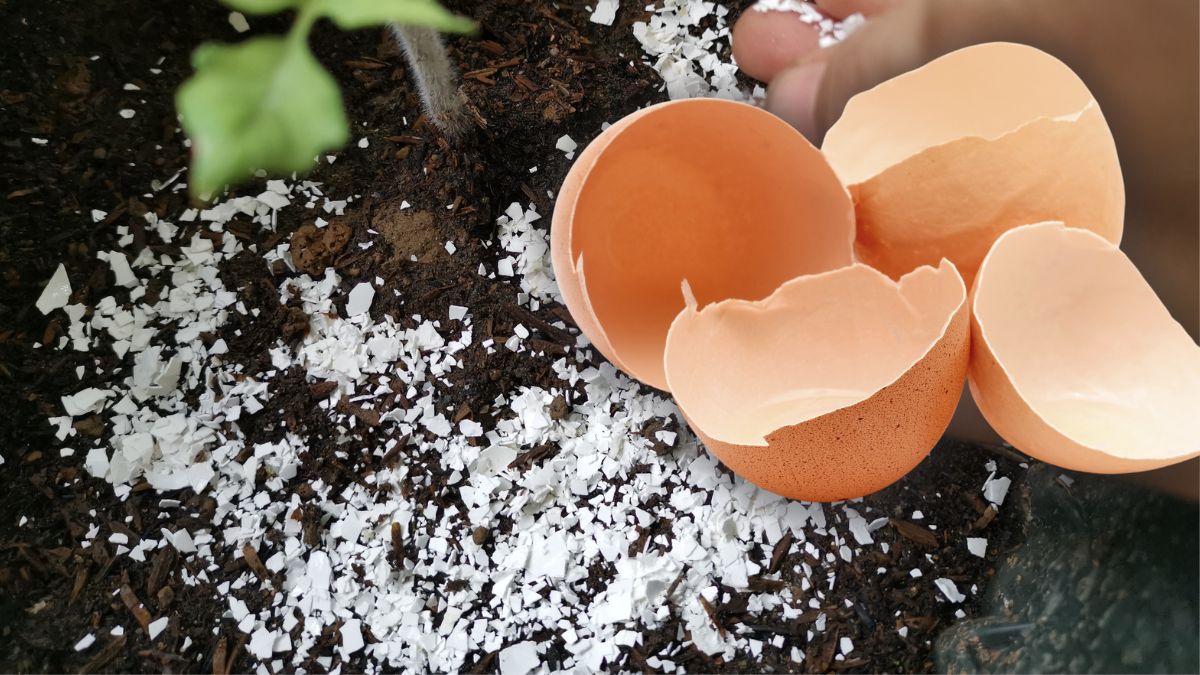If there is waterlogging in the your land or garden, growing plants that tolerate waterlogging might be a logical step to take. You can create awesome beds with those varieties. All you need to know is which plants can tolerate the waterlogging and thrive well in that area. In this short article, you will find the names of the plants for waterlogged soil.
You might also like this: Analyzing the condition of your soil
Smaller plants and medium-sized perennials
As the smaller varieties that can reach a height of up to 30 centimeters are;
- the primrose,
- Dianthus superbus,
- Ardamine pratensis, aka (the cuckoo flower/ lady’s smock/ mayflower/ or milkmaids)
are particularly suitable. Together these three plants form a carpet of flowers from January to September. Medium-sized perennials, which range between 30 and 120 centimeters in height, include;
- Meadowsweet aka mead wort,
- Cranesbill, geranium
- The Barberton groundsel,
- Trollius europaeus (Globe Flower),
- Veronica,
- Monarda didyma,
- Lythrum salicaria, or purple loosestrife.
These perennials usually bloom between June and September.

Large plants and woody plants
If it is allowed to grow a little bigger, then planting a coneflower that can grow up to two meters high, is a good idea. It blooms from August to October. Alternatively, you can, of course, also plant woody plants – or you can combine some plants. Black alder (Alnus glutinosa) is particularly worthy of mention, as it can even tolerate flooding. But also;
- Amelanchier lamarckii (Juneberry),
- Cornus,
- Euonymus europaeus, the spindle / European spindle / common spindle
- Ilex aquifolium, European holly,
- Kerria japonica, Pleniflora
- Sorbus aucuparia,
- Viburnum opulus (guelder-rose or guelder rose,
like damp soil and thrive magnificently there.
As you can see, there are several plants that can tolerate waterlogging. So you can also beautifully plant beds in which waterlogging occurs more often.
You can find further information here:frontiersin.org/ |researchgate.net
Image credit: gardening.cornell.edu


